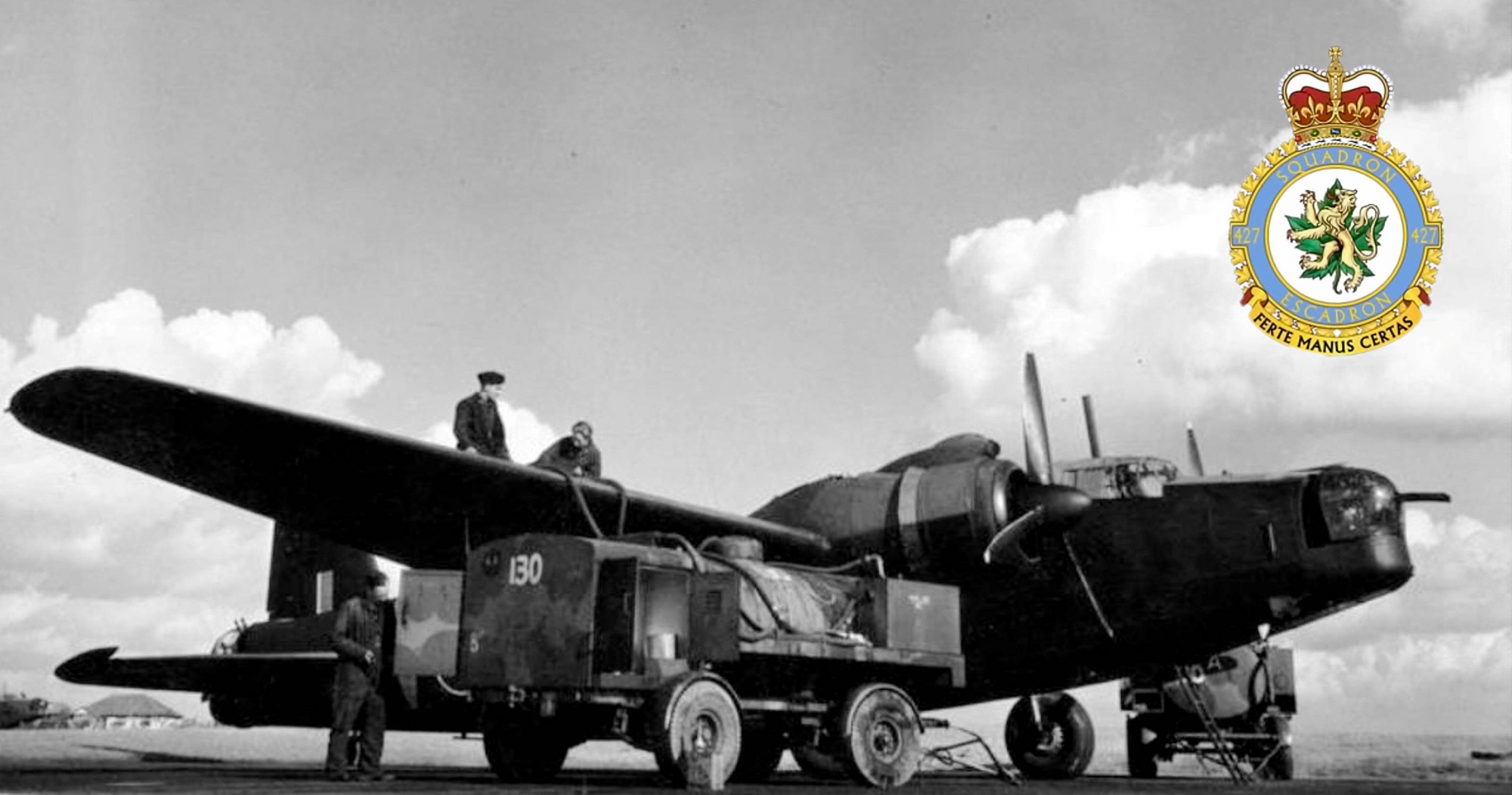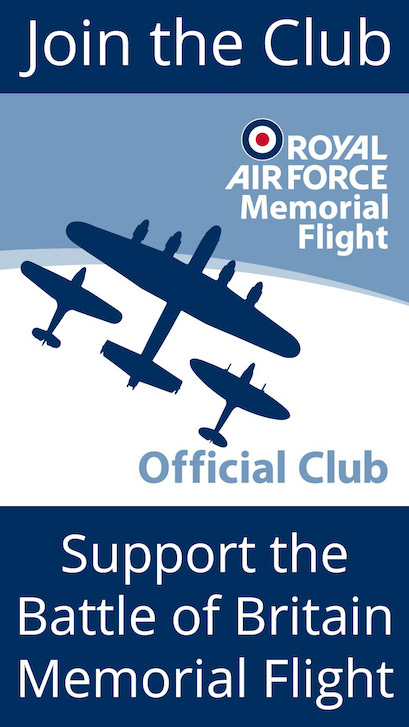12th March 1943 – Bomber Command bravery
Header image: In March 1943, Vickers Wellingtons like this Mk X were still in frontline use and 427 Sqn RCAF flew them during the initial stages of the Battle of the Ruhr.
Eighty years ago, in March 1943, RAF Bomber Command’s campaign against the German war factories in the Ruhr Valley intensified into what became known as the Battle of the Ruhr. The five-month campaign saw concentrated attacks against the heavy German industrial targets in the Ruhr, which included armament factories, coke plants, steel works and synthetic oil plants. The area was heavily defended with searchlight belts and 400 batteries of heavy ‘flak’, some radar controlled – the Bomber Command crews referred to it as “Happy Valley” – and the routes to and from the target area were patrolled by the Luftwaffe’s numerous night-fighters. During the campaign Bomber Command made 43 raids on 39 nights against targets in the Ruhr, with considerable success but at great cost. Some 900 bombers and 6,000 aircrew – 4.7 percent of the attacking force – were lost over enemy-occupied territory. In total, around 1,000 Bomber Command aircraft were lost to all causes and over 2,000 were damaged during the campaign.
On the night of 12-13th March 1943 Bomber Command despatched 457 aircraft to attack the Krupps armament works at Essen. The majority were four-engine bombers – Lancasters, Halifaxes and Stirlings – but 158 were twin-engine Vickers Wellingtons. One of those was Wellington Mk III, BK164 ‘ZL-E’ of 427 “Lion” Squadron, a Canadian squadron based at Croft, in Yorkshire. BK164 was flown by the unit’s RAF C.O. Wing Commander Dudley Burnside DFC (later Group Captain, DSO OBE DFC and Bar) and his crew of four: flight engineer, wireless operator, navigator and rear gunner.

The wireless operator in Burnside’s crew was RAF Flight Sergeant Geoffrey Keen DFM. Keen was British and he had already completed a full tour of 30 bombing operations with 51 Squadron in Armstrong Whitleys during 1941-42, for which he was awarded the Distinguished Flying Medal (DFM). After spending some time as an instructor, Keen became a founding member of 427 Squadron when it was formed in November 1942 and he was selected to be the wireless operator in the C.O.’s crew. This was their seventh operation together.
Approaching the target their Wellington was hit by anti-aircraft fire. The navigator, 21-year-old Pilot Officer Rod Heather, who was at his chart table just feet from Keen’s seat in front of his wireless set, was killed instantly and Keen had part of his right foot blown off. The aircraft also received significant damage: the aileron control was affected, the oxygen system was rendered inoperative, the intercom system was knocked out, and the windscreen de-icing glycol tank burst drenching the bomb aimer, Pilot Officer Hayhurst, and filling the cockpit with suffocating fumes. Despite this, Hayhurst directed the pilot over the target and dropped the bombs. The aircraft was held by searchlights for a few minutes over the target, but Burnside evaded them and set course for home.
For over two hours during the return flight, Keen, disregarding his wounds and continually losing blood, continued to repair his damaged radio and managed to reinstate the intercom. On two occasions he dragged himself to the navigator's desk to assist the pilot with essential information for navigating the aircraft safely home. Each time a crew member checked on him they found him still conscious and working on his self-imposed repair tasks, whilst sharing the compartment with the dead navigator.

On the return trip, now flying at lower altitude where oxygen was not required, the Wellington was attacked by a Bf 110 night-fighter over the Netherlands. The rear gunner, Pilot Officer Ross, managed to beat off the attack whilst issuing directions over the repaired intercom for evasive manoeuvres, which proved successful, although the bomber sustained further damage. The Luftwaffe night-fighter pilot, Lieutenant Wolfgang Kuthe, actually claimed the Wellington as shot down. However, Burnside managed to fly the damaged aircraft back to crash-land at Stradishall. Keen was transferred to hospital and part of his right foot was amputated. He then spent three months convalescing.
Wing Commander Burnside recommended Keen for the Victoria Cross, which the AOC of 6 Group endorsed. However, Keen was instead awarded the Conspicuous Gallantry Medal (CGM). Only 111 CGMs were awarded to airmen during the Second World War for acts of conspicuous gallantry whilst flying in active operations against the enemy. Burnside was awarded a Bar to his Distinguished Flying Cross (DFC), whilst Flying Officer Hayhurst, the flight engineer who had acted as the bomb aimer on the bombing run, and Pilot Officer Ross, the rear gunner, each received a DFC.
After convalescing, Keen returned to the squadron. He finished the war as Squadron Leader responsible for the training of 6 Group wireless operators. When he returned to civilian life he trained as a teacher and eventually became the headmaster of a local village school in Buckinghamshire. Always a keen sportsman and in spite of the lack of half a foot he continued to play football and cricket at club and county level, winning several winner’s medals in the process. When his playing days were over, he took up umpiring golf and bowls. Following a period of about five years afflicted by Altzheimers, and having been cared for at home by his wife Jose and son Martin, Geoffrey Keen CGM DFM died peacefully at home in October 1992 aged 76.







